How Advertising Evolved: From Print Ads to Social Posts in the Internet Age
Tyra Douyon - May 23, 2023
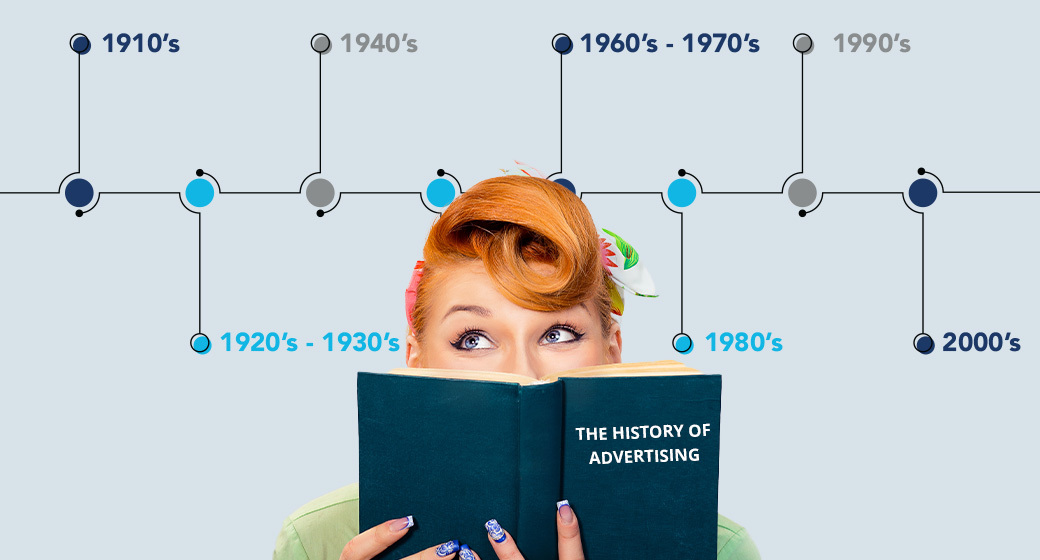
The Year the Web Was Born
1989 was a pivotal year in history. The Berlin Wall separating East and West Germany was torn down, student-led demonstrations culminated in a government-sanctioned massacre in Tiananmen Square– Beijing, China, and Tim Berners-Lee, a British scientist, submitted his proposal for the invention of the World Wide Web (WWW). Fast forward to April 30, 1993, when the European Organization for Nuclear Research (CERN) made the web available to the public, a decision that fundamentally altered the course of history for the last three decades.
As we commemorate the 30th anniversary of public internet access in 2023, it’s evident that hyperconnectivity, unfiltered commentary, and the rise of self-proclaimed “I Know All” experts, “keyboard warriors” and “internet trolls” have become a global phenomenon. The internet has ushered in an unprecedented era of information and knowledge, offering endless possibilities that were previously unimaginable. Although Berners-Lee’s original intention was to facilitate automated information sharing among scientists in universities and institutes worldwide, the web has surpassed his vision and evolved into something far more significant.
The WWW allowed many industries to evolve outside of the ivory tower. Physicians and nurses can now video chat about a patient’s diagnosis and treatment with the push of a button, lawyers can access decades of case files within minutes to win legal trials, and the advertising industry now has access to new digital mediums of communication which celebrate and acknowledge creativity and innovation. We owe this successful transition to digital advertising to the advent of the internet and portable technology like laptops, cellphones, and tablets.
100+ Years of Advertising Revolution

Advertising has been an essential component of our lives since humans learned how to build fire out of wooden sticks and friction. Promoting the usage and sale of goods and services allowed us to sustain ourselves and build wealth. The shift from shouting sales prices in open markets to designing complex print ads and launching viral social media campaigns advanced the ad industry in the 20th century in a quarter of the time it took during the previous 100 years!
The internet has undoubtedly transformed the way we work and live and has made sharing information more efficient and accessible, but just as the needs and desires of the consumer change, the style of ads evolved to accommodate these changes. Now, increasingly interactive and unconventional advertising formats via the internet is an important component of any modern ad campaign.
Which updates paved the way for the advertising industry to go beyond reflecting culture to become active creators of it?
1910s
During the 1910s, print ads tended to be visually cluttered and copy-heavy, with little consideration for “breathable” design. Despite this, one of the decade’s most famous advertisements, the Uncle Sam army recruitment poster contributed to the adoption of a more spacious design approach within the industry.
| ©SunkistLemons |
©Dr. Alfred Sanden Co. |
@USAArmy |
1920-1930s
In this decade, large images became increasingly important in print ads, with a notable improvement in the use of negative space. Following the stock market crash of 1929, the industry experienced a significant slowdown, and design styles remained consistent throughout the 1930s.
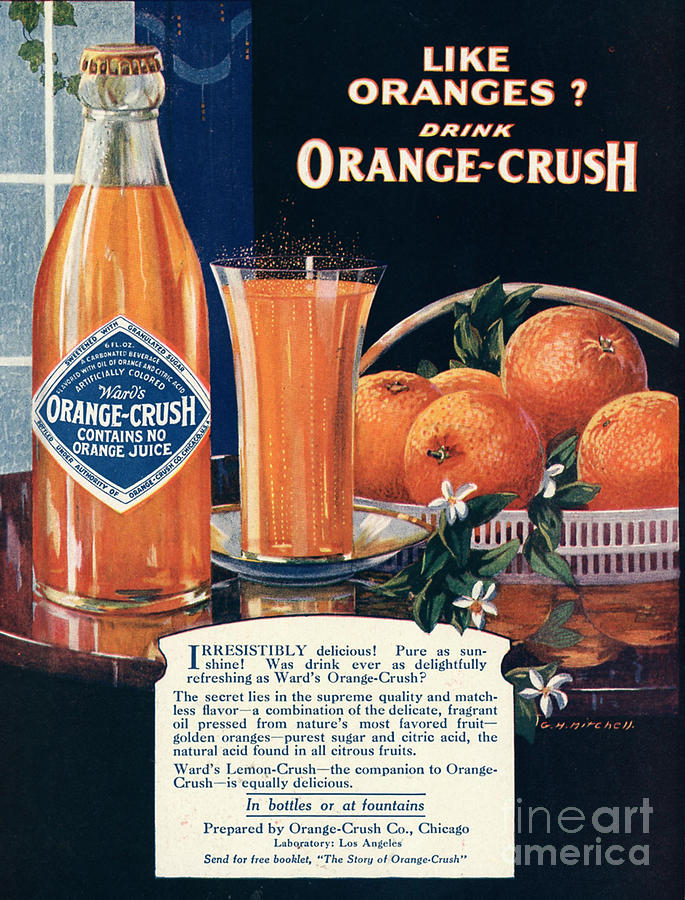 |
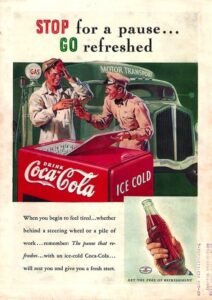 |
| ©OrangeCrush |
©CocaCola |
1940s
In the 1940s, print advertisements started relying more heavily on imagery, often featuring only slogans and company names as the sole textual elements on the page.
 |
 |
| ©NormanRockwell |
©Walder |
1950s
In the 1950s, advertisers adopted an experimental approach to ad layout, featuring copy primarily at the bottom and sides of pages, often organized in columns. Many of these innovative designs are still used today in magazines and newspapers.
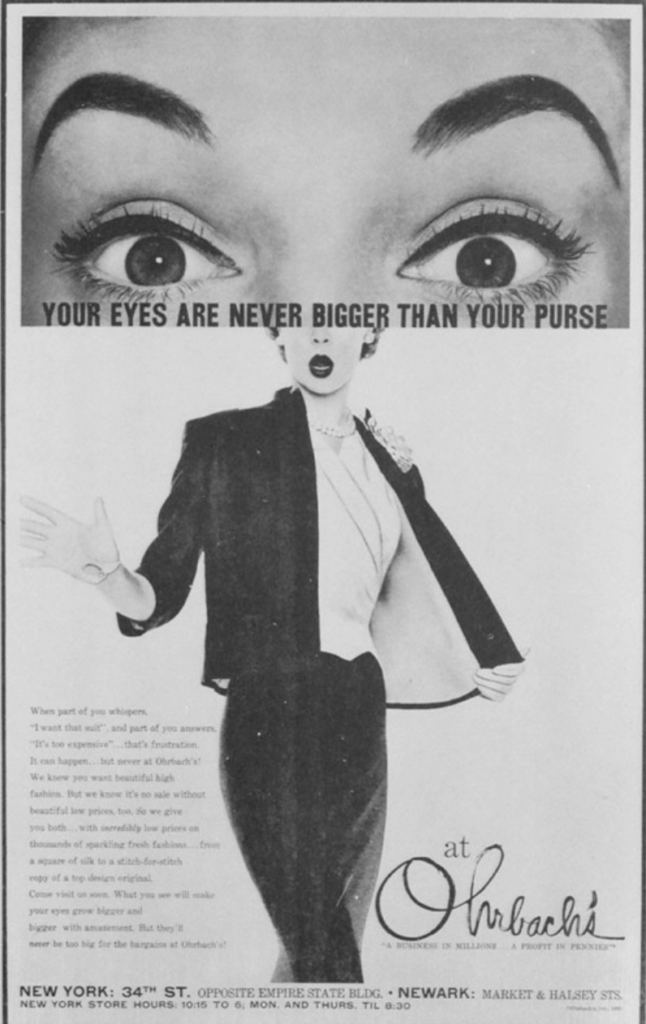 |
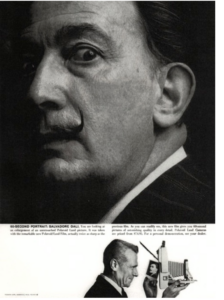 |
| ©Malboro |
©Polaroid |
1960-1970s
During the 1960s and 1970s, advertisements were at the forefront of the ‘Creative Revolution.’ Unlike previous decades, these ads placed more emphasis on innovative designs, featuring a modern style that balanced headlines and copy.
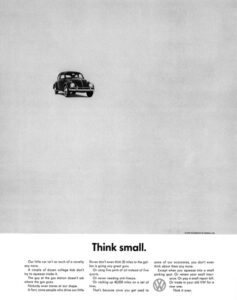 |
 |
| ©BMW |
©Avis |
 |
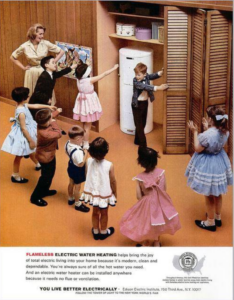 |
| ©Smirnoff |
©ElectricWaterHeater |
1980s
During the 1980s, advertisements adopted a more simplistic approach and often targeted the “perfect woman” as the primary consumer. This trend followed a pattern that began after WWII and continued into the late 60s when ads portrayed women in two stereotypical roles: the housewife and the sex object. In the 80s, however, the superwoman trope emerged, which aimed to inspire women by suggesting that they could “do it all.”
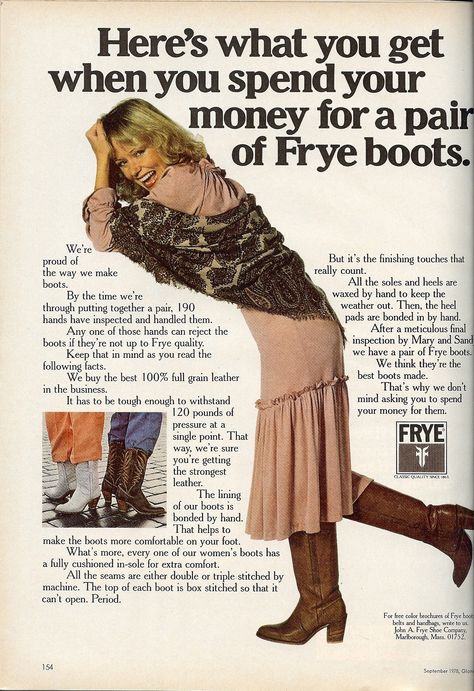 |
 |
| ©Frye |
©VirginiaSlims |
 |
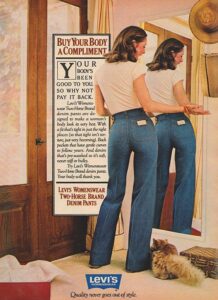 |
| ©Avon |
©Levi |
1990s
The stylistic simplicity of the 1980s persisted into the 1990s, which witnessed the emergence of some of the most creative and recognizable ad campaigns in history.
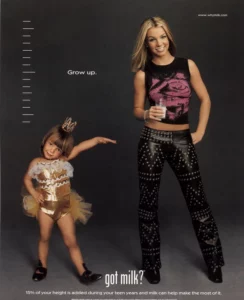 |
 |
| ©WhyMilk |
©Nike |
On October 27, 1994, the first-ever online advertisement was posted: a banner ad for AT&T. The telecommunications company paid $30,000 to have the banner placed at the top of a website for three months. The click rate for the ad was an impressive 44%, which is in stark contrast to today’s average of around 0.05%.
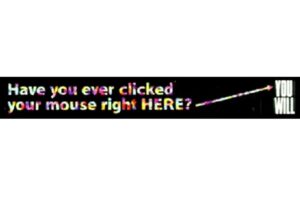
Following the success of the AT&T banner ad, HotWired’s ad agency realized that clickable ads could be a powerful tool, and began creating websites for its clients. However, many companies were initially apprehensive about creating an online presence, questioning whether it was a good idea and if ads were even legal.
When users clicked on the 1994 banner ad for AT&T, they were taken to a landing page offering more information about the company. The page featured the question “Have you ever clicked your mouse right here?” and on the clickable page, the answer was posted, “You did! Now let’s see what else you’ll do.”
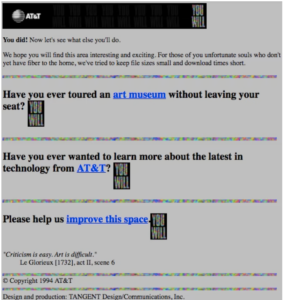
2000-2010s
In the 21st century, simplicity and minimalism have become key elements in print advertising. Ads now rely heavily on digital manipulation and feature a primary image, often with little or no copy. The trend towards minimalism only intensified in the 2010s, with advertisers relying on high-resolution imagery to convey their message while using minimal text.
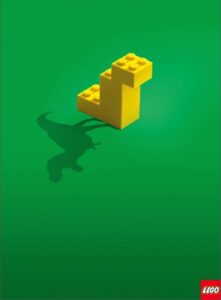 |
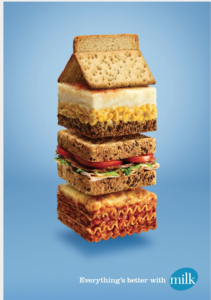 |
 |
| ©Lego |
©DiaryFarmersofQuebec |
©AlkaSeltzer |
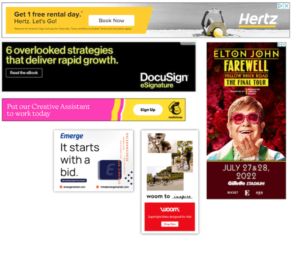
Digital banners by various companies
SEM, SEO, or SOS?: Digital Advertising in the 21st Century

In the 21st century, digital advertising has become essential for any business to thrive, making web/IT departments among the most important teams in the industry. New ideas about web-specific ads like clickable online ads, memorable emails and blog posts, and viral social media campaigns dominate meetings. Advertising has come a long way from relying solely on print ads for revenue, but we are now experiencing a convergence of mediums that has not been explored in the past since the introduction of television and radio. While audio and video ads have their own niche, the questions remain:
Will print ads become extinct in the next 100 years? How will this format adapt to a market that demands fully-integrated campaigns with a heavy focus on online advertising?
Only time will tell how advertising continues to evolve in the digital age. As internet technology continues to advance, advertisers must remain vigilant and informed about new changes and upgrades to stay ahead. In today’s advertising landscape, selecting the right social platforms and websites is crucial. Although, social media users are becoming more critical of irrelevant and strange ads appearing on their profiles. This situation had created an unsettling dichotomy as more consumers are requesting more online privacy while complaints concerning targeted ads are rising.
More countries are also enacting laws to protect consumers’ information. In the U.S. the Banning Surveillance Advertising Act was introduced in the House of Representatives in January 2023. The bill would “prohibit ad tech companies from using consumers’ personal information to target ads… [and] prohibit advertisers from using third party data, or data about a person’s membership in a protected class, to target ads.” This changes the power advertisers have had in the industry since online ads became the most popular way to reach consumers.
As a result, the advertising industry must prioritize attention to detail, define target audiences, and maintain purpose at its core so they aren’t misleading consumers or getting into legal battles. Consumers also need to understand that online advertising (targeted or not) is the reason we have public access to the internet for visiting websites and streaming videos. Without online advertisements keeping potential buyers interested and informed, companies will begin to fail because of decreased revenue. There was a time when Youtube didn’t have ads and Netflix only had ad-free accounts. Unfortunately, their operating expenses began to outpace their profits, so they turned to advertisements for a boost.
All in all, consumers still hold the most power. In today’s world, when internet ads have the potential to go viral with reshares, reactions, and clicks – whether they are good, bad, or meme-worthy– the online user experience and consumer satisfaction matters more than the bottom line.